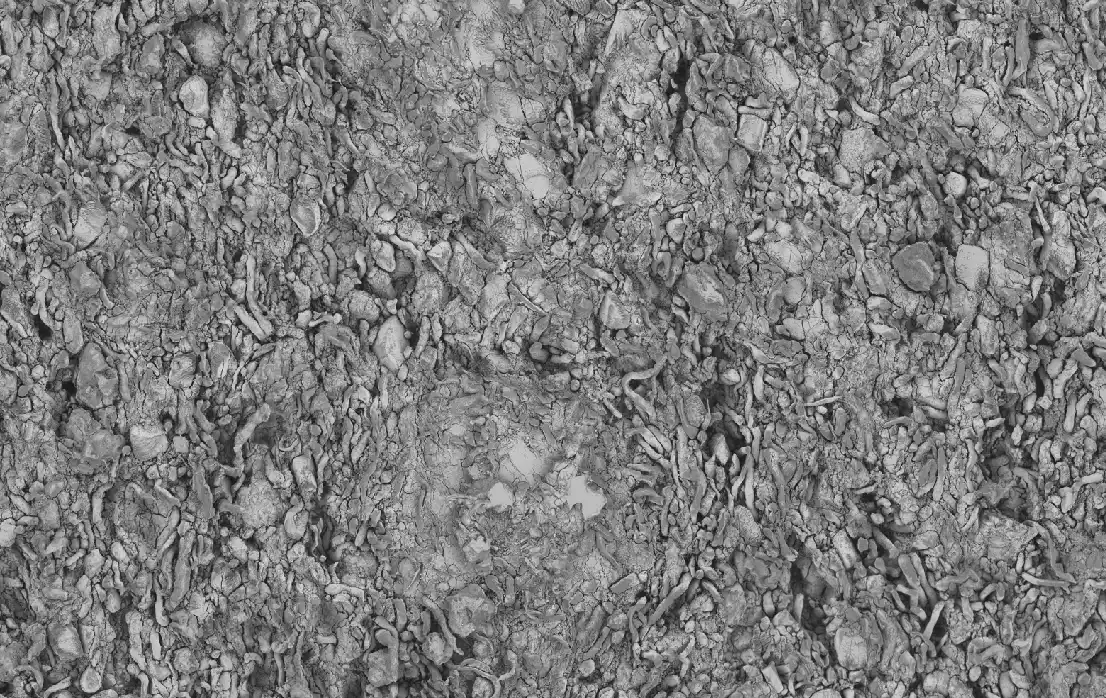IVIVR & Microstructure of Long-Acting LNG IUS

In vitro-in vivo relationship and microstructural insights into long-acting levonorgestrel intrauterine systems
Despite the proven high contraceptive efficacy and safety of levonorgestrel intrauterine systems (LNG-IUSs), no generic versions are currently available in the US market. This is primarily due to the challenges in achieving qualitative and quantitative (Q1/Q2) similarity with the reference listed drug (RLD) stemming from structural and mechanistic complexities, as well as the ultra-long duration of action (up to 8 years) of IUSs. The extremely long-acting release duration makes it difficult to navigate formulation decisions with even a modicum of speed. The burden to demonstrate bioequivalence hinges on awaiting years of release testing. Additionally, variations in microstructural arrangement can affect key formulation characteristics, potentially affecting bioavailability and bioequivalence. To address these challenges, this study presents a comprehensive reverse engineering analysis of commercial LNG-IUSs (Mirena® and Liletta®), including polymer crosslinking and physicochemical and mechanical characterization using FTIR, ssNMR, DSC, TGA, and SEM-EDX. X-ray microscopy (XRM) and focused ion beam-scanning electron microscopy (FIB-SEM) with AI-based analytics were employed to study microstructural changes in unreleased and post in vitro release samples, comparing commercial and in-house IUS variants. Real-time in vitro release testing was conducted for over 7 years for Mirena® and the in-house IUS, and up to 4 years for Liletta®. Additionally, an accelerated release method was developed, enabling full drug release within 100 days. Post-release analysis included assessment of levonorgestrel distribution, particle size, porosity, and structural changes across IUS layers, with findings revealing compositional differences that impact release kinetics.
Notably, this study is the first to report an in vitro-in vivo relationship (IVIVR) for ultralong-acting IUSs, correlating in vitro drug release data with in vivo LNG release profiles in humans. The established IVIVR offers a predictive tool for assessing drug release behavior in clinical settings, potentially reducing the clinical burden and accelerating drug development timelines. The current research offers a roadmap for manufacturers to refine their formulation and manufacturing processes to match target attributes. It is anticipated that this research will enhance public access to these highly effective long-acting reversible contraceptives.

Suraj Fanse, Andrew Clark, Quanying Bao, Ashwin Abhang, Kellen Maurus, Yuan Zou, Yan Wang, Shawn Zhang, Diane J. Burgess
University of Connecticut School of Pharmacy, DigiM Solution, University of Connecticut College of Liberal Arts and Sciences, Office of Research and Standards, Office of Generic Drugs, FDA Center for Drug Evaluation and Research
Additional Publications
Transform Your Program with Microstructure Science
Get started with a drug product digital twin.















